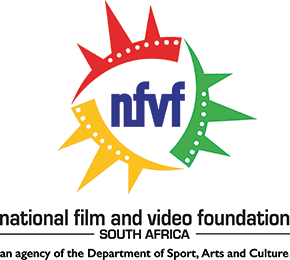.jpg)
NATIONAL FILM STRATEGY
The NFVF was tasked by the Department of Arts and Culture to put together a national film strategy for South Africa. The NFVF as a lead government institution is well positioned to lead the strategy development process. The film industry straddles both the economic and cultural imperatives and its potential to create jobs, foster social cohesion, and to grow the economy has been recognised. As a result, there is a need for a clear national film industry strategy that will guide the industry and its various government stakeholders on how to contribute to the achievement of the objectives of the National Development Plan and Mzansi Golden Economy Strategy towards 2025.
The National Film Strategy recognises the value that the film industry contributes to South Africa’s Gross Domestic Product (GDP), therefore all the plans outlined are geared towards ensuring that the film industry continues to grow and becomes a sustainable source of economic development and transformation for the country. In 2012, the NFVF commissioned Deloitte to research and determine the economic benefits of the South African film industry.[1] The results of the study validated the need for increased investment into the film industry by both public and private entities. The study provided crucial data that have resulted in the ability to formulate appropriate strategies – such as this one – that will facilitate the continued development of the South African film industry.
The convergence of media and technology as well as the international demand for quality content has increased, leading to a blurring of traditional divisions within the industry. The majority of professionals working in film also work in television production, online content and animation. A cohesive and integrated framework should be based on a clear political vision for the arts and creative industries as a whole and commitment to supporting content creators across the audio-visual and interactive media spectrum. In response to this growing convergence in content and in order to resolve funding and institutional challenges, the DAC through its Draft White Paper on Arts, Culture and Heritage[2] calls for a national agency reporting to the DAC with a mandate covering Audio Visual and Interactive Media which includes film and video, television and radio, internet podcasting and video games. While clarity still needs to be provided in terms of terminology for the sector, for the purposes of this strategy document, audio-visual and/or film content will be used interchangeably to refer to filmed content regardless of format. The white paper also proposes a centralised Cultural Industries Fund through which sub-sectors such as film could be funded.
With the onset of additional content forms, monitoring, measuring and planning will become even more essential and provide the basis for national strategies for the industry and a source of advise to government on policy. The ability to collect and collate industry information and measure the audio-visual industry as a whole will be beneficial. In response to this need, the NFVF is in the process of developing the Sectoral Information System (SIS). SIS will provide measures of aggregation against the adopted key performance indicators for the film sector.
To access the detailed report, please click the below link:

